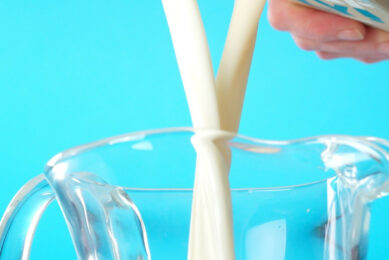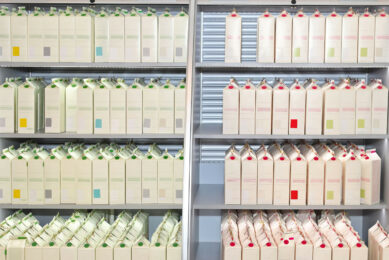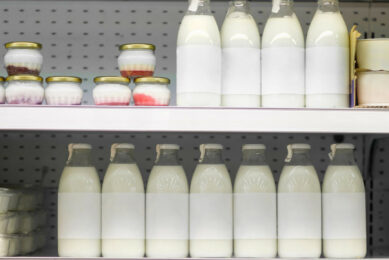China: Raw milk production forecast to increase
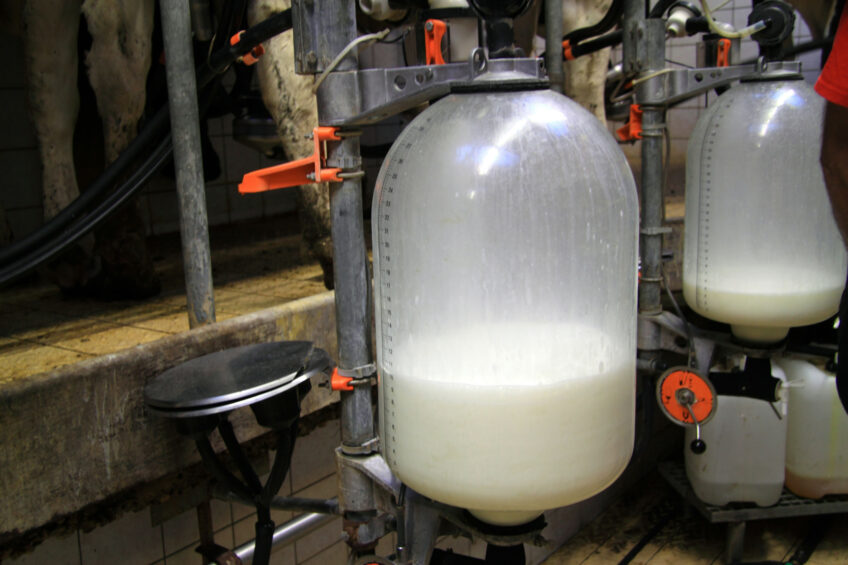
China holds an important part of the global dairy market as the third-largest milk producer. Based on a USDA GAIN report, the country’s raw milk production is forecast to increase in 2024 due to a larger dairy cow herd. Imports of fluid milk, whole milk powder and skimmed milk powder are estimated to decline in 2024 due to higher domestic milk production.
Fluid milk imports in 2024 are expected to decline due to higher domestic ultra-high temperature processing (UHT) milk production and flat domestic demand in the UHT milk market. Fluid milk is mainly used to produce products including UHT milk, pasteurised milk, yoghurt, and milk drinks. Among these products, UHT milk is the major fluid milk product produced from raw milk in China.
Significantly higher milk
As growth in raw milk production continues to outpace consumption, leading industry experts highlight that the raw milk surplus of major dairy processors was 15,000 metric tonnes (mt)/day in March 2024, which was significantly higher than that in 2023. On the other hand, raw milk prices continued to decline in the first 4 months of 2024 with an even sharper drop than in 2023, leading to small and medium-sized dairy farms exiting the market. However, despite low milk prices, industry data shows that the average cattle inventory of farms selling raw milk to certified raw milk purchasing stations across the country at the end of 2023 increased by over 40% year-over-year.
Herd expansion
One industry opinion explained that herd expansion despite low milk prices is due to dairy processors not having enough incentive to reduce cow inventories at the dairy farms they own. In addition, low beef prices also curbed incentives to reduce dairy cow inventories. Beef prices started to decline in 2023 and continued to decline in 2024 due to a beef supply and demand imbalance. Industry members report that when beef prices are attractive, dairy farms cull inefficient cows and sell them for beef. With beef prices as low as they are at present, dairy farms have less motivation to cull cows. Additionally, as smaller farms exit the market, some are selling their cows to other farms and not necessarily culling the animals.
Milk drops and imports
According to a 20 September 2024 Reuters report, Chinese milk consumption fell from 14.4 kg per capita in 2021 to 12.4 kg in 2022 due to a sluggish economy that has weakened demand for higher-priced foods like cheese, cream and butter, as well as an ageing population. Reuters also reports that Chinese dairy imports, mainly from New Zealand, the Netherlands, and Germany, dropped 13% year-on-year to 1.75 million mt in the first 8 months of this year. The report also shows that milk powder – the top dairy import – was down 21% to 620,000 tonnes, according to China customs data.
Reuters reports that Rabobank Research highlighted that the net dairy product import volumes in 2024 are likely to fall by 12% from a year earlier and that this extended dairy downcycle may continue to impact import volumes in 2025. Similarly, the USDA GAIN report estimates lower fluid milk imports in 2024 due to higher domestic UHT milk production and stable UHT milk consumption. During the first quarter of 2024, fluid milk imports are reported to have declined by over 10% from the same period in 2023.
Whole and skim milk powder
Whole milk powder (WMP) production in 2024 is estimated to increase due to higher volumes of fluid milk production. Sources indicated the ending inventory of domestic WMP in 2023 was also higher than in 2022. With higher production in 2024 and higher carry-in stocks, the total supply in 2024 is estimated to be higher than 2023 volumes. Higher domestic WMP production is expected to result in a further decline in WMP imports in 2024.
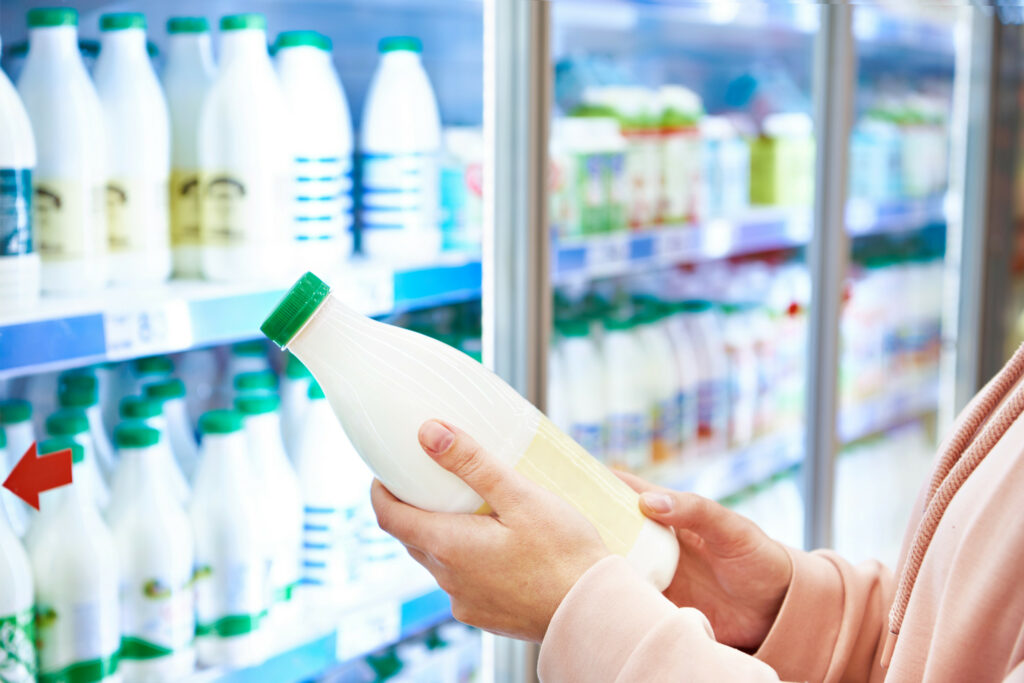
Skim milk powder (SMP) production is estimated to increase in 2024 with minor growth from 2023. Although China’s domestic production of both butter and SMP is limited, increased raw milk production and declining raw milk prices could encourage more production of butter and SMP as WMP production remains unprofitable. As butter production is more profitable, dairy processors frequently produce SMP as a by-product of butter manufacturing. Weak market demand, higher domestic WMP and SMP production and higher domestic WMP inventory are expected to reduce demand and lower SMP imports in 2024. In Q1 2024, SMP imports declined year-over-year from 112,000 mt to 80,000 mt.
Cheese and butter
Domestic cheese production in 2024 remains limited and will stay at 2023 levels. Although consumption in the hotel, restaurant, and institutional sectors is expected to increase, retail sales are expected to decline. As demand for natural cheese is limited and can be met by imported natural cheese, there is not enough incentive for producers to largely expand natural cheese production. Butter production in 2024 should see some growth from 2023 in line with the overall increase in processed dairy products resulting from the supply and demand imbalance in the fluid milk sector and low milk prices.
Cheese and butter imports are estimated to decline moderately because of economic headwinds that continue influencing consumption. As imported cheese is considered a high-end product in China, its market is largely influenced by economic circumstances. In Q1 2024, cheese imports showed a marginal decline, while butter imports declined by almost 10% year-over-year.
Whey and whey product
Imports of whey and whey products are estimated to decline in 2024 as demand could shrink in both food use and feed use. China is experiencing declining birth rates, which moderates food use demand, and a lower piglet inventory curbs demand for feed use. In Q1 2024, imports of whey and modified whey products declined by over 20%.
China encourages US dairy firms
Reuters reports that the domestic milk oversupply has made it easier for Beijing to target imports of European Union cheeses, milk and creams in a trade dispute with the bloc, although those are niche products, and the measure will do little to ease the oversupply. As Reuters reported, Tanya Bhatia, a consumer goods research analyst at the Economist Intelligence Unit, said, “While limiting EU dairy imports may provide short-term relief for Chinese farmers, it will not address the deeper problems such as overproduction and stagnating demand.”
However, in the longer term, suppliers still see opportunities in China. Charlie McElhone, general manager for sustainable dairy at Dairy Australia, said it sees significant growth potential in China, which remains its biggest market, reports Reuters. In a 25 June 2024 Reuters report, Chinese vice minister of commerce, Wang Shouwen, said China welcomes dairy companies from all countries, including the US, to expand their business in the Chinese market.
Join 13,000+ subscribers
Subscribe to our newsletter to stay updated about all the need-to-know content in the dairy sector, two times a week.



